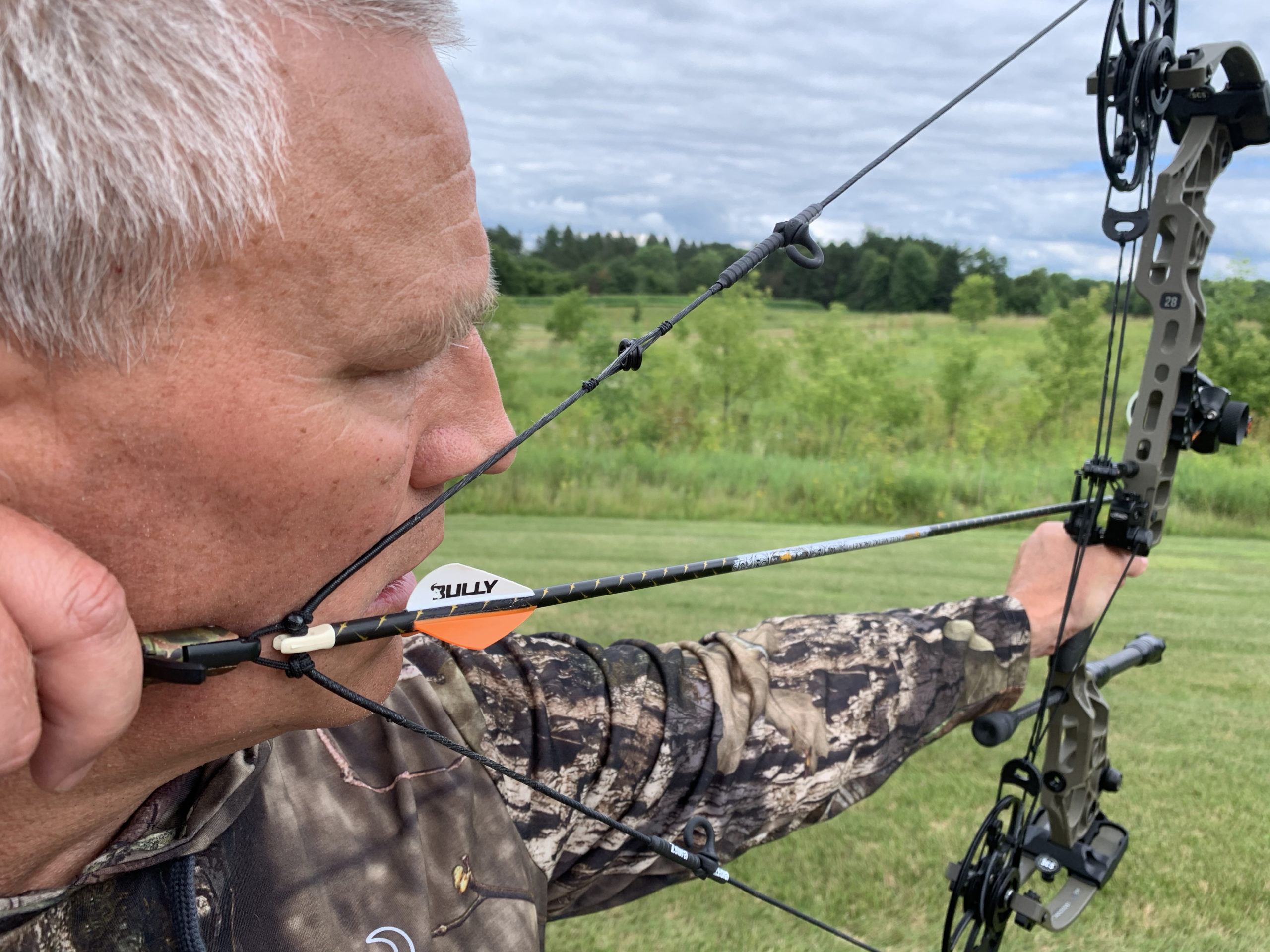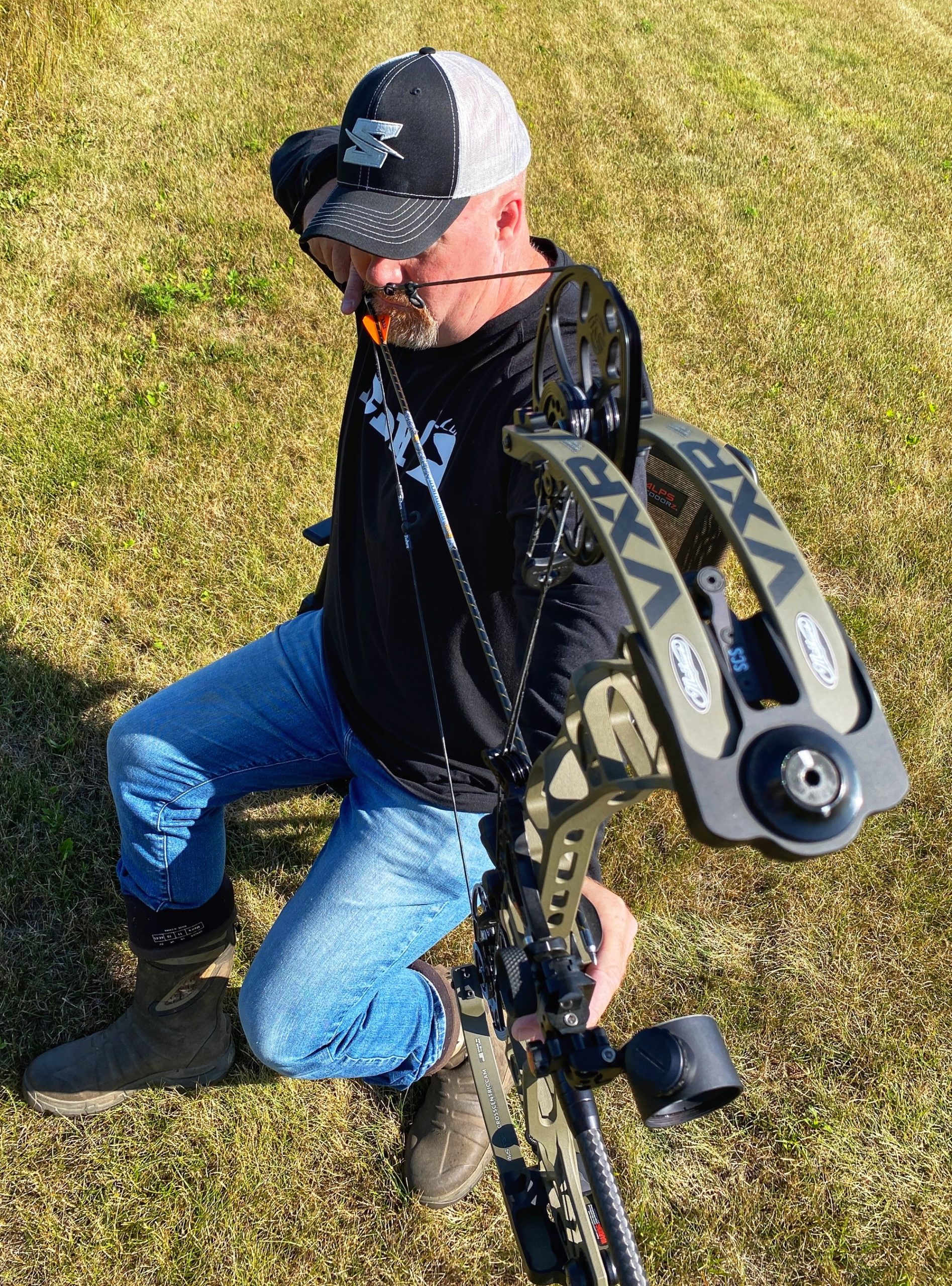With so many bowhunting shafts to choose from, it’s a tough job, but here’s what you need to know …
It’s that time of year when serious bowhunters are getting their equipment tuned up and replenishing their gear — or at least they should be while prices and availability are in that happy spot. Arrows, especially, get lots of attention now as archers consider past years’ performance and look forward to improving their odds for the upcoming season. Arrows are also likely to cause the greatest amount of confusion. Walk into a well-stocked archery pro shop or a sporting goods box store and your eyes likely glaze over from the massive choices in arrows. The default action for many is to go with whatever the in-store “expert” recommends or to use price as the guide rather than intended or needed performance.
That’s unfortunate, because while we all put great stock in our bows, bow accessories, and broadhead choice, a diligent and deliberate approach to choosing a hunting shaft is often lacking. Granted, the manufacturers don’t always make this an easy process with so many models and minor variations on a theme to choose from across so many different brands. That is why, for many bowhunters, arrow selection comes down to price, not performance.
Let’s put the price thing out of the way once and for all. It’s early summer. A dozen top-shelf bowhunting shafts will run, say, $125-$150. Make like you did when you were a kid — mow a few neighborhood lawns after work and you’ve earned enough scratch to buy the best of the best arrows out there. Done.
Now, with cost removed from the arrow selection equation, where do you go from here? In other words, what comprises the ultimate bowhunting shaft — the one that will deliver the absolute best overall performance, whether you’re chasing local whitetails or pursuing that 300-plus elk?
That question begs a more refined question … what is “performance?”
For hunting arrows, performance is a multi-legged monster because there are many variables involved, and each variable affects the other variables for better or worse. It’s all about balancing these variables and going into the process understanding that there is no free lunch. Get more of this, you lose some of that.
When we speak of performance in terms bowhunting shafts, we must consider the several variables that influence our goal of making a quick, clean, and ethical kill: shaft weight, shaft size, spine deflection, and friction coefficient. In the end, all of these come together to give us the ultimate goal of a bowhunting arrow — penetration. Without good penetration, nothing else matters. Making things potentially more complicated in our discussion is the fact that some of these variables influence more than one arrow dynamic.
Take, for example, spine deflection. This refers to the stiffness of an arrow, and it manifests itself in how an arrow flies after leaving the bow. Arrows bend once the bowstring is released and they continue to flex until the material elasticity subsides and rotational forces straighten them out. The objective is to find an arrow spine, based on bow weight and the archer’s draw length, that exhibits just the right amount of bend to fly straight and ensure downrange accuracy. The more an arrow flexes in the air and the longer it takes to straighten out that flex, the more energy is lost that could be used for greater speed and thus deeper penetration. Furthermore, too much or too little spine deflection can cause erratic arrow flight and accuracy will suffer. Selecting the proper arrow spine and making any necessary adjustments with point weight and insert combinations, slight bow weight adjustment, and experimenting with veins and nocks effectively removes spine deflection from our list of performance variables.
Now that we have energy-efficient arrow flight thanks to proper spine selection, we need to ensure that we deliver the maximum amount of momentum to our target for optimal penetration. This is tied to what we call kinetic energy, and it is influenced by an arrow’s weight and the speed at which the arrow is moving when it hits the target. This is where the big balancing act comes into play, and where the debate has raged the loudest in bowhunting circles — which is best for arrow penetration: arrow weight or arrow speed?
The simple answer is, “Both.” The more complicated answer is, “It depends.”
For most whitetail hunting setups with shots averaging 14-20 yards, arrow speed is not as crucial as it is for western bowhunters often faced with 40-, 50-, or even 60-yard shots on mule deer or antelope. We’re talking about speed in terms of time between the arrow release and arrow impact, not the physics of kinetic energy.
Today, arrow speed is largely dictated by our bows (as measured by ATA or IBO standards). Sure, lighter arrows can bump velocity up a few fps, but the gains are relatively marginal and the trade-off is usually reduced bow efficiency (heavier arrows utilize more potential bow energy than do lighter arrows) and a definite reduction in impact (kinetic) energy, which translates directly into reduced penetration potential through a loss in momentum.
That’s going the wrong way.
Heavier arrows, of course, produce the opposite effect: arrow speed slows down and bow efficiency goes up. The reduced speed (velocity) has a negative affect on impact energy BUT that reduction in the velocity variable of the kinetic energy formula can be offset by the increase in arrow weight (mass), which increases momentum. Is the offset enough to improve penetration? That’s where the math comes in. Without getting all scientific, know that speed isn’t the final arbiter of penetration — it’s a balance of weight and mass that combines for ideal penetration, and the momentum to drive into the target, all things being equal.
All things, though, aren’t equal. This is where friction comes onto the scene.
Friction affects arrow penetration into big game animals in three ways. The first has to do with the actual diameter of the shaft. The larger the shaft diameter, the more surface area there is to slow the arrow down as it moves through the air. This is the friction along the length of the shaft as it “punches” through the atmosphere. Call this linear friction, and it means a loss of impact energy once the arrow reaches the target.
Second, the bigger the shaft diameter the more crosswind friction will move the arrow away from your intended point-of-impact. It will also steal a wee amount of speed. Again, penetration suffers.
Finally, there is the friction co-efficient of the shaft as it enters and passes through an animal. This is related to the outside dimension of the shaft (the greater the surface area the greater the friction) as well as the relative lubricity of the shaft finish (the coarser the finish the greater the friction).
As you can see, while maximum penetration is the primary objective of the ethical bowhunter, meeting that objective requires us to consider a plethora of variables. In the end, a maximum performance shaft won’t always be the lightest or the heaviest shaft, but an equitable balance between the two (consider something in the 10-16 grains-per-inch range). A good penetrating and accurate-shooting shaft should also not be overly thick to minimize crosswind and lateral friction as it travels downrange. This is especially critical if you are a Western bowhunter routinely shooting in the 40-yards-plus zone. Remember that sufficiently weighted smaller-diameter shafts also promote penetration by reducing friction as they pass through tough hide, bone, and internal organs. They also often have thicker walls which can better support broadhead inserts, increasing strength in case of bone impact. Finally, a slick finish is another asset for penetration, utilizing the inherent lubricity of an animal’s body fluids to help the shaft drive through to the exit side.
So, now we are back in the archery pro shop or sporting goods box store, trying to find a dozen shafts to buy with our extra-curricular lawnmowing money. We want to locate a set in the 10-16 GPI range that is as thin as we can get them, correctly spined for our bow’s draw weight and length, and which also boasts a super-slick finish. Granted, it’s not the easiest combination to find, but the closest we’ve come to this ideal is Easton’s FMJ series shafts.
“FMJ” stands for Full Metal Jacket, and being from Easton, you can guess that the jacket is an aluminum alloy. Bonded to the inside of the aluminum tube is a carbon core.
The concept of the FMJ series arrows is to give bowhunters the strength and resilience carbon arrows offer in smaller diameters but with the low friction co-efficient, weight and momentum of aluminum arrows to deliver unrivaled penetration. In short, the FMJ addresses all the variables we’ve discussed that affect penetration and wraps them up in a single platform.
There are several FMJ models offered, from the 6mm reduced-diameter FMJ and FMJ Autumn Orange (remember that color?) down to the micro-diameter 4mm FMJ Deep Six Injexion — perhaps the pinnacle shaft for open-range Western bowhunting, where crosswind is almost always a guarantee. And for the rising tide of traditional bowhunters, the FMJs present the optimal recipe because they offer the straightness and durability of carbon but with the added weight and reduced friction of smaller-diameter aluminum. Again, they make good on that optimal balance of weight and speed that’s so critical for maximum penetration on big game. In addition, being 100% Made in USA by Easton (the only USA manufacturer of hunting arrows), availability of the FMJ in these current supply-chain constrained times means you’re more likely to find them in stock at your desired spine size and at a reasonable price, than other brands, all of which are dependent on shafts made in China, Mexico, or Vietnam.
Finding the right arrow that fits your needs, hunting style, and budget is no easy task when dealer shelves present you with so many options. So, rather than play pin the tail on the donkey and hope you make the right choice, try taking a different approach this season. Remember that penetration is king in the bowhunting world. That means looking for shafts that balance weight and speed for maximum momentum at impact and are built with considerations for friction reduction to further promote penetration (reduced diameter and a slick material finish) as well as superior strength for bone impact. Get that combination dialed in and the rest is up to you … shot placement.
— PAID PARTNER CONTENT. This content is brought to you by a D&DH advertising sponsor.



